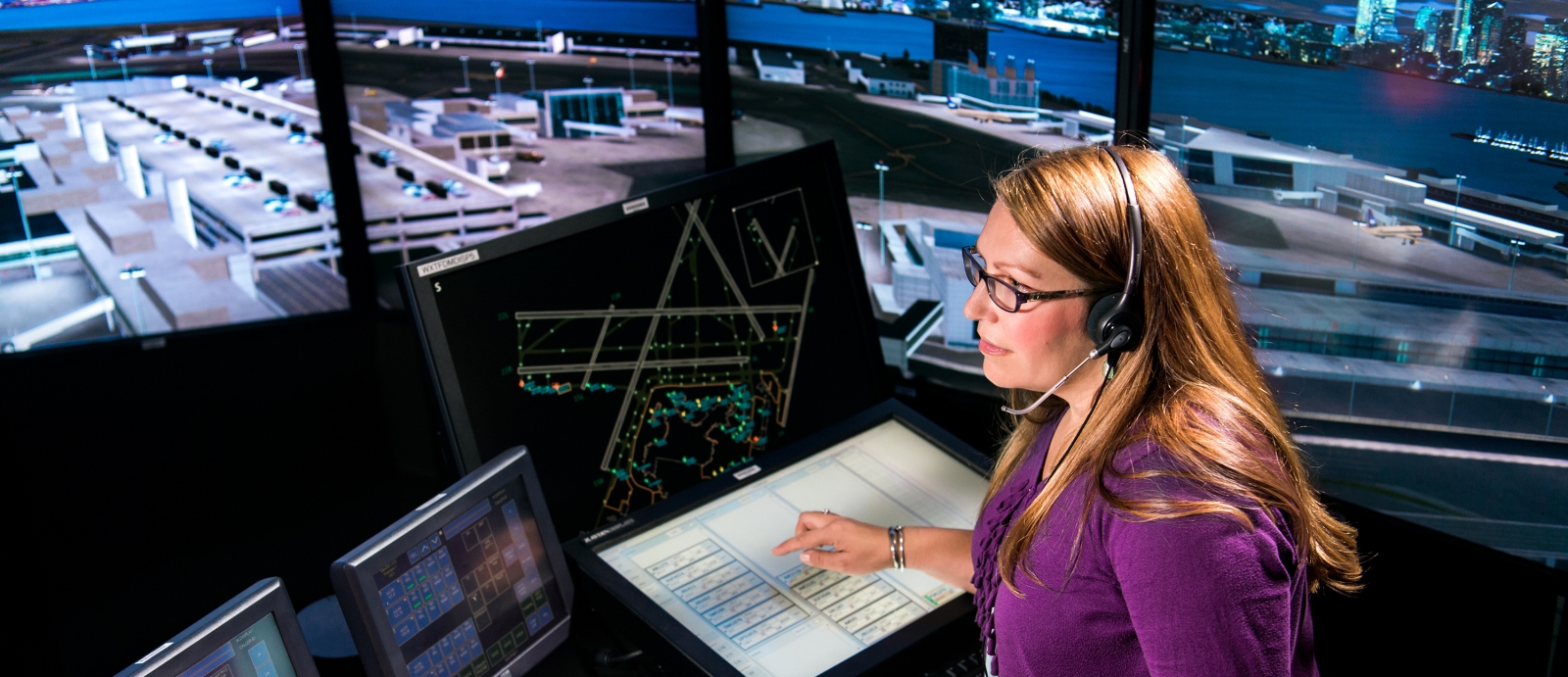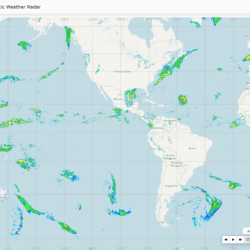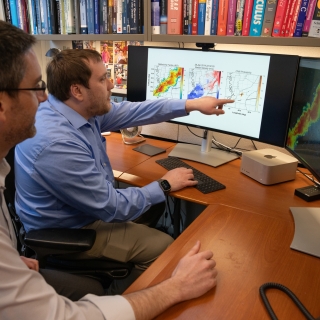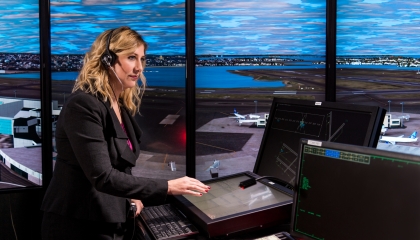

Air Traffic Control and Weather Systems
The Air Traffic Control and Weather Systems Group’s mission is to develop and deploy advanced weather sensing, forecasting, and decision support technologies with a focus on enabling safe, efficient, and cyber-secure air transportation. These technologies are designed to address the needs of a range of key users, including air traffic controllers, pilots, airlines, regulators, and other decision makers. To ensure user acceptance and maximize the operational impact of our technologies, we rely on extensive analysis and field evaluations, drawing upon diverse areas of expertise within the group, including aviation operations, meteorology, cybersecurity, multimodal sensing, software engineering, artificial intelligence/machine learning, and human factors. The technologies we have developed are currently operating across North America to minimize weather-related delays to the flying public. We are also actively working in emerging aviation and weather decision support need areas, such as enabling globally harmonized air traffic control systems, assessing cyber vulnerabilities of aircraft and ground-based systems, and developing technologies to enable the safe integration of advanced air mobility and commercial space operations into the air transportation system.
Featured Projects

Portable Aircraft-Derived Weather Observation System

Low-Cost Methane Sensor Network

Visibility Estimation through Image Analytics

Global Synthetic Weather Radar

Intelligent Tornado Prediction Engine
Latest News




